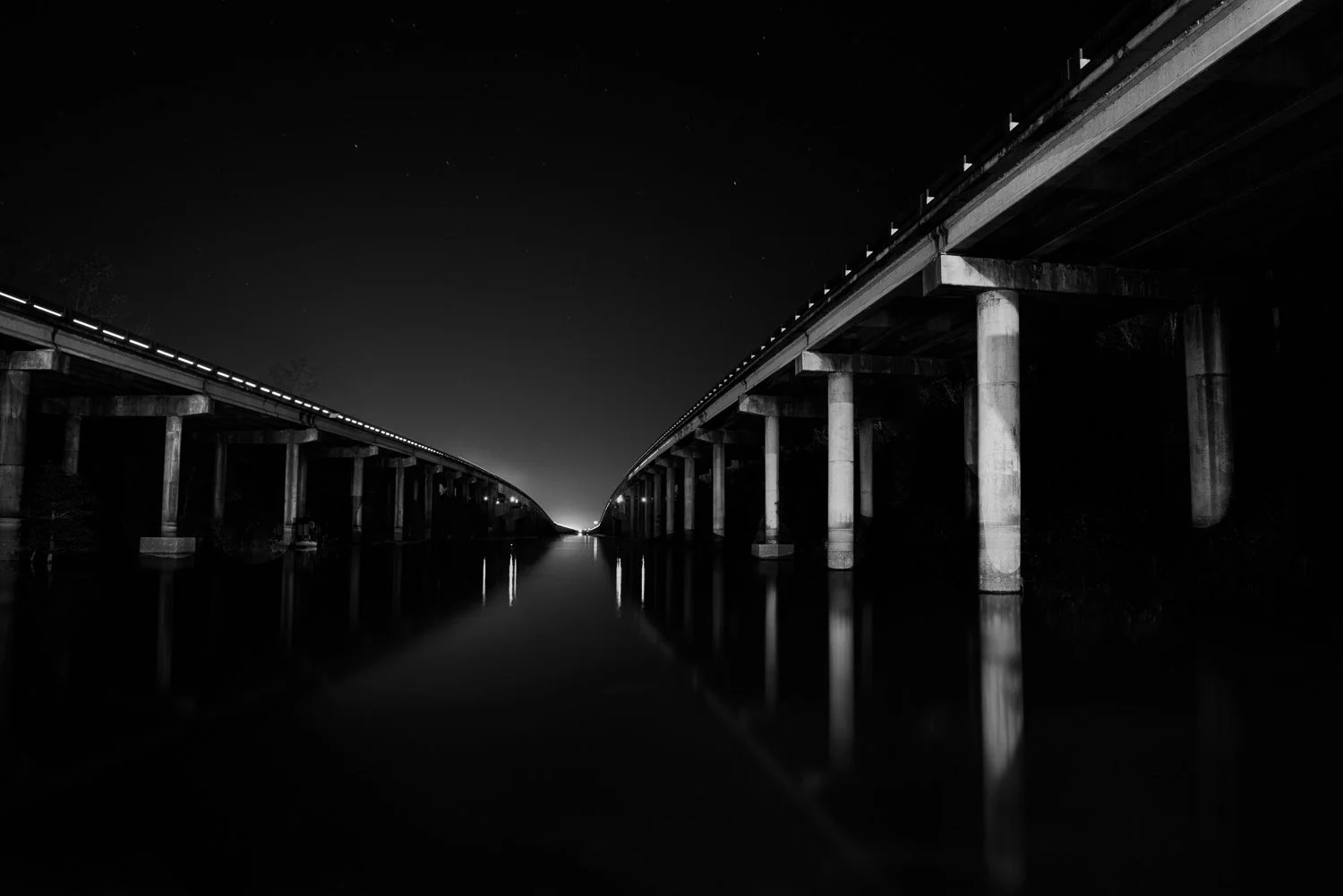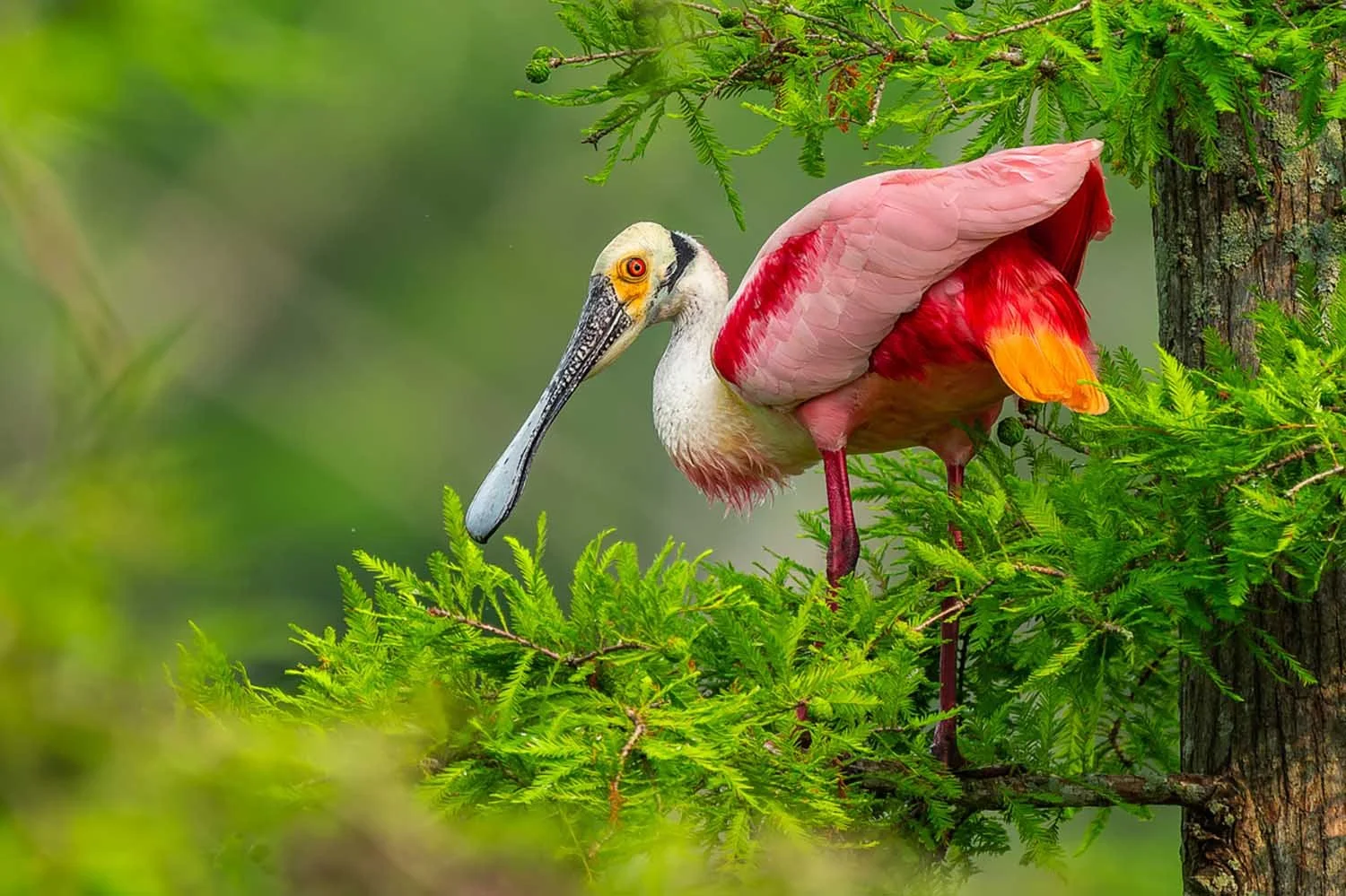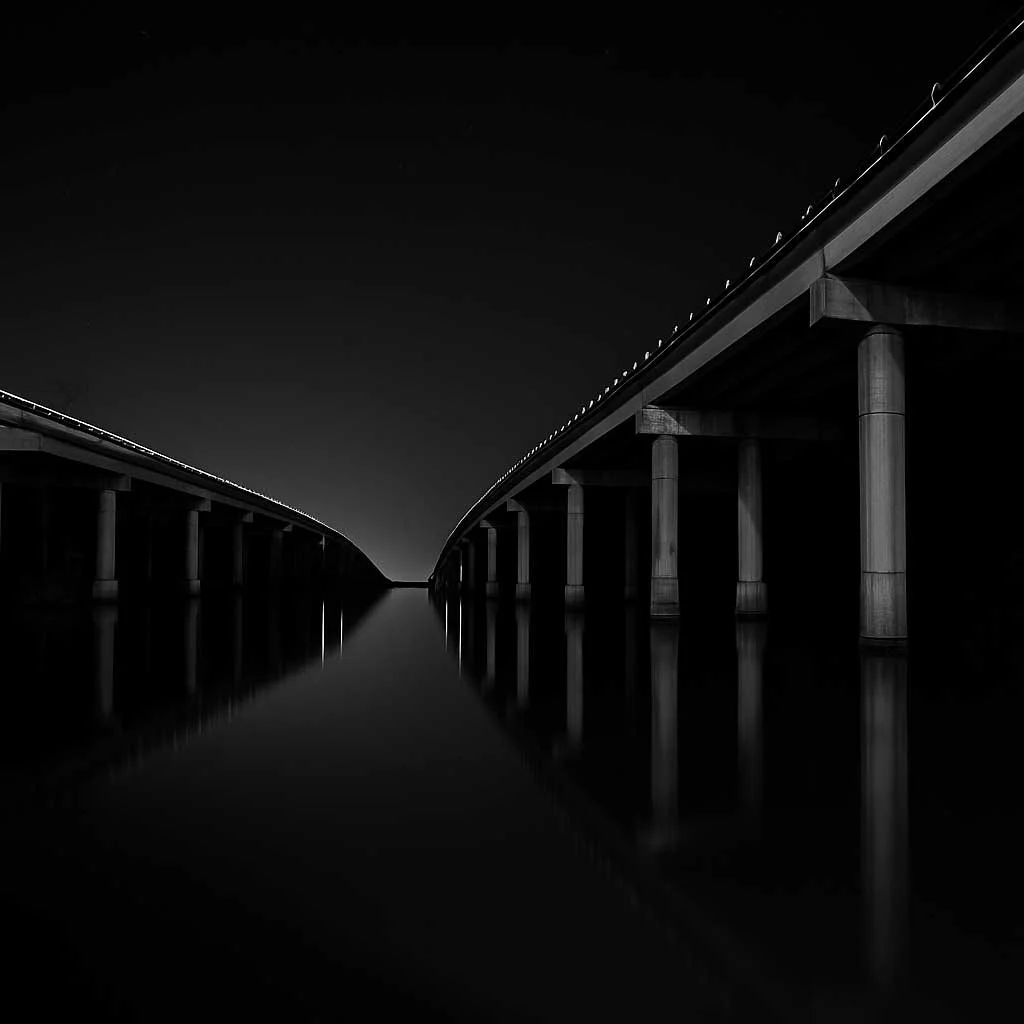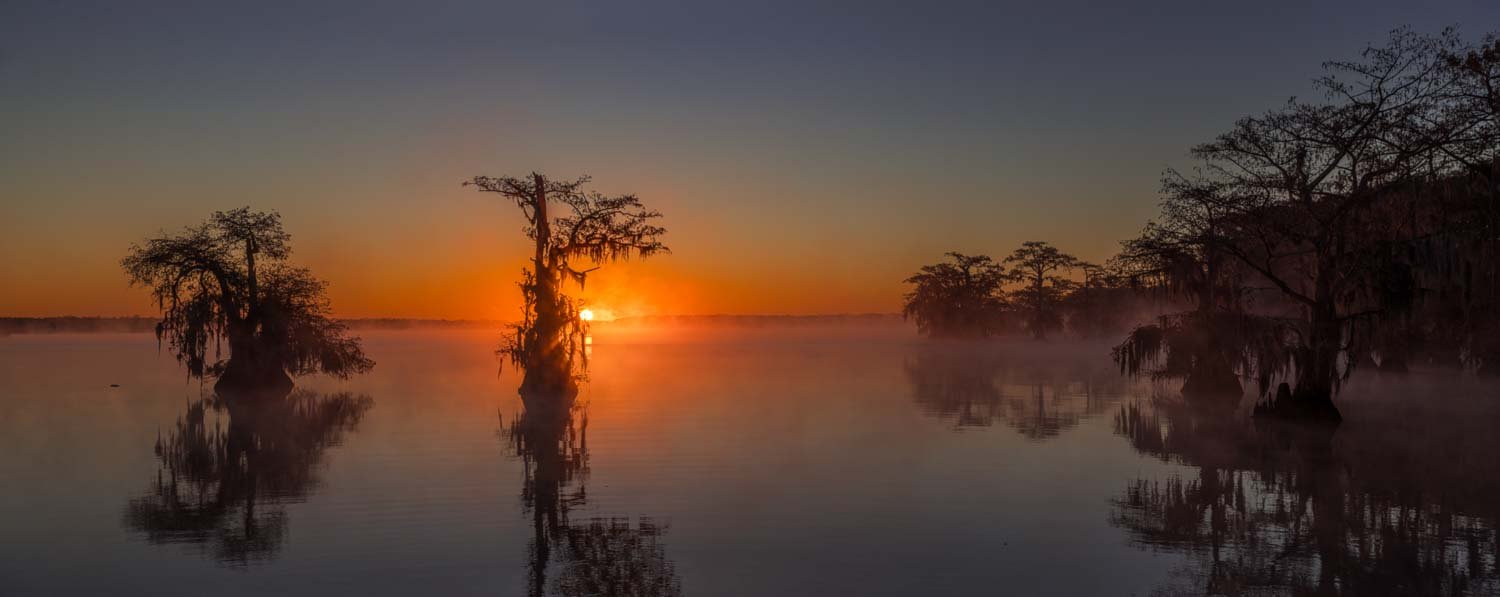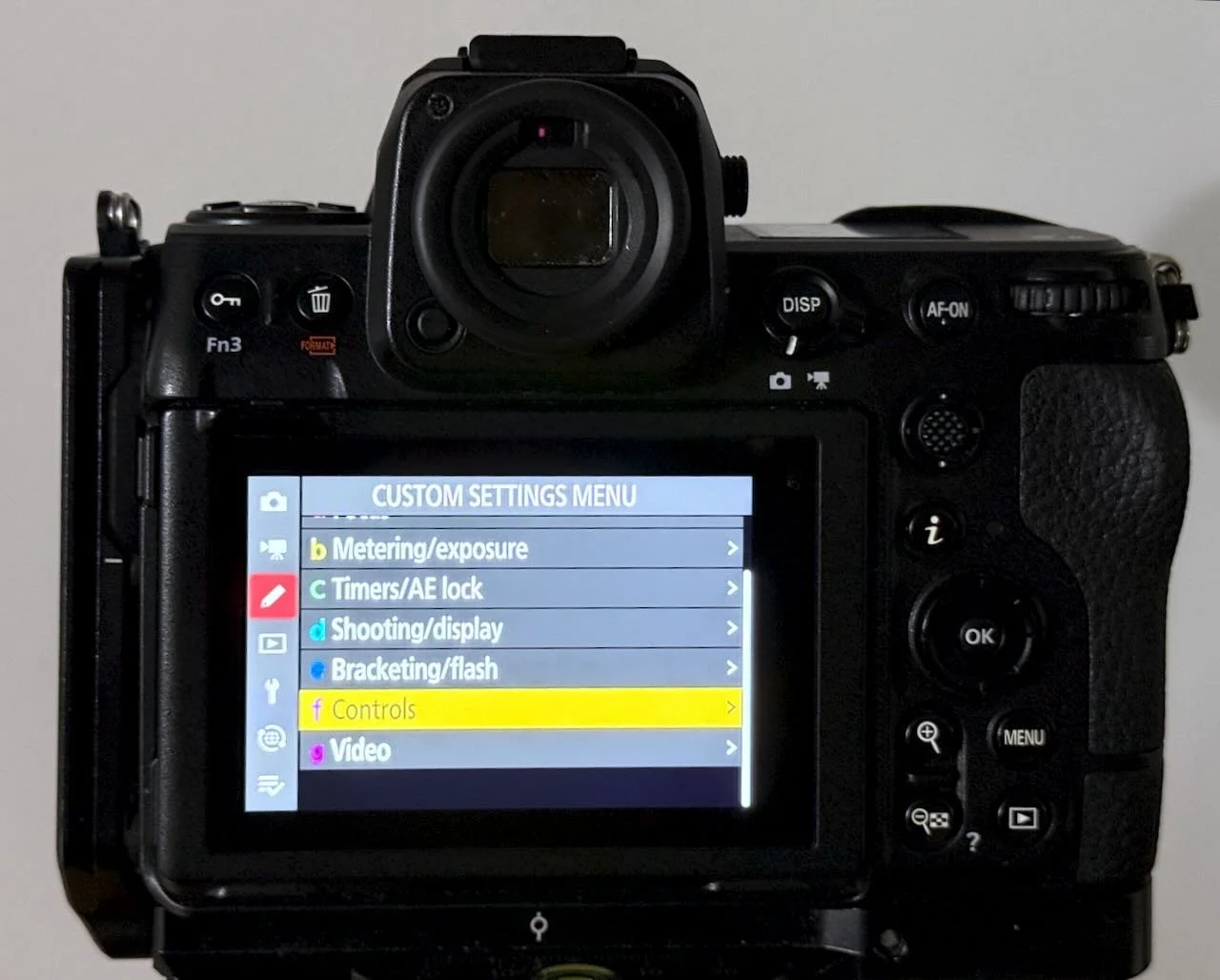How to Spot AI-Generated Photos: Real vs. Fake
Examples Every Photographer Should See
Introduction: Why This Matters to Photographers
This section is written for both advanced amateurs and professionals, offering practical detection tips and insights that benefit photographers of all skill levels.
Whether you’re a professional or an advanced amateur, understanding how to spot AI-generated images is becoming essential. We’ve spent years learning how to read light, manage perspective, and interpret the small imperfections that make an image real. Artificial intelligence can now produce highly convincing photos—but subtle differences still reveal when an image wasn’t captured through a lens.
A recent TED Talk by Hany Farid, a digital forensics expert at UC Berkeley, explored the challenge of detecting AI-generated imagery. He highlighted three major clues—unnatural noise patterns, misaligned vanishing points, and inconsistent shadows—as some of the most reliable indicators that an image isn’t authentic.
In this post, we’ll analyze two of my original photographs side-by-side with AI recreations using a new composite image that visually demonstrates where the fakes fall apart. One features a Roseate Spoonbill in natural light, and the other shows interstate bridges at night—a test of geometric precision. Both examples illustrate how AI, even at its best, can’t quite replicate the authenticity of real-world light and perspective.
Composite Example: Real vs. AI
Composite showing original and AI-generated versions of a Roseate Spoonbill and an interstate bridge. Note the smoother textures, warped perspective, and lack of natural sensor noise in the AI images.
This composite brings both examples together in a single frame. The differences may appear subtle at first glance, but once you know where to look—contrast, texture, and geometry—they become obvious.
Case Study 1: The Roseate Spoonbill
Original Camera Capture of a Roseate Spoonbill
Ai AI-Generated Copy of Spoonbill photograph
Original Image: A high-resolution photo of a Roseate Spoonbill perched among cypress branches, with rich feather detail and lifelike texture.
AI Recreation: Generated to mimic the original composition and color balance.
Observations
Detail Rendering: The AI version smooths fine feather textures and micro-contrast. The transition between tones in the feathers is unnaturally even, giving a slightly “painted” look.
Eye Region: The black patch and eye contour are rendered incorrectly—the shadow and reflective highlights lack the crisp, directional structure of real light.
Noise and Texture: The AI version is too clean. There’s almost no sensor noise, making it look sterile compared to a real photograph.
Perspective and Depth: Because the scene is organic, geometric distortions are minimal—but the subtle lack of depth and optical randomness is noticeable to trained eyes.
For casual viewers, this image would likely pass as authentic—but for photographers, the missing imperfections give it away.
Case Study 2: The Interstate Bridge at Night
Interstate 10 Bridge at Night–Butte La Rose, Louisiana–Original Camera Photograph
AI Rendering of the Interstate 10 Bridge
Original Image: A 2x3 format, high-contrast black-and-white photo of two parallel highway bridges converging toward the horizon, their reflections mirrored in still water.
AI Recreation: Rendered in 1x1 format, attempting to reproduce the same composition and lighting.
Observations
Aspect Ratio Drift: The AI version defaulted to a square crop instead of the original 2x3 frame, a subtle giveaway that it wasn’t composed intentionally through a camera.
Flattened Contrast: The real image has deep blacks and bright highlights, while the AI version appears dull and evenly lit, lacking tonal separation.
Warped Perspective: The bridge curvature doesn’t follow correct vanishing-point geometry—the lines appear subtly bowed rather than converging naturally toward the horizon.
Shadow and Reflection Errors: The shadows and reflections of the bridge columns don’t align perfectly with their structures or the light source.
Noise: Again, there’s virtually none. The water surface and sky are unnaturally smooth, without the faint sensor grain or tonal variation expected in long-exposure night photography.
Unlike the bird photo, this architectural scene exposes AI’s biggest weaknesses—geometry, contrast, and perspective.
How AI Models Have Changed
When Hany Farid first discussed AI detection methods, early diffusion models such as Stable Diffusion 1.5, DALL·E 2, and Midjourney v4 exhibited distinct star-like noise patterns. These patterns emerged from the way noise was added and subtracted during image generation.
However, modern image models—including DALL·E 3, Midjourney v6, and Adobe Firefly 3—use more refined denoising and upscaling pipelines. The result is smoother noise distribution, often indistinguishable from sensor-based randomness. In other words, the old forensic clues are fading.
Today’s AI systems rely on massive datasets and more complex diffusion schedules that can mimic real optical softness, contrast rolloff, and even lens aberrations. Yet they still struggle with geometry, texture continuity, and true randomness—areas the human eye and camera sensor handle effortlessly.
Comparing AI Generators: Different Flaws, Different Styles
Not all AI image generators fail in the same way.
Midjourney: Excels in artistic, painterly renderings but often introduces symmetrical bias and “too perfect” compositions.
DALL·E: Better with realism and proportion, but tends to under-render fine detail and texture.
Stable Diffusion: Highly flexible but can produce perspective drift or inconsistent local detail depending on the prompt and sampler settings.
Adobe Firefly: Prioritizes photographic realism but frequently softens textures, giving an overly polished look—what many photographers describe as too smooth to be real.
These differences suggest that even as AI evolves, each model leaves its own fingerprint, a digital equivalent of a camera sensor’s noise pattern or color bias.
Photoshop’s Generative Fill: A Gray Area
Photoshop’s Generative Fill sits at the intersection of real photography and AI fabrication. Because it starts from a genuine photograph, many assume its edits are exempt from the ethical and authenticity concerns of fully AI-generated images. But the same warning signs often apply:
Lighting mismatches: The filled areas may not match the direction, color, or quality of the scene’s original light.
Perspective drift: Extended backgrounds or cloned architecture can show minor geometric inconsistencies when viewed closely.
Texture uniformity: Added areas often lack the randomness or noise of sensor-based data, producing an overly smooth or plastic look.
In short, while Generative Fill is a powerful tool for creative compositing, photographers should be transparent about its use—especially in contests, exhibitions, or documentary work where authenticity matters.
Why This Matters
AI-generated images are increasingly entering the world of professional and enthusiast photography, raising concerns about authorship, authenticity, and fairness in competition and licensing.
Art Shows and Competitions: Most now require photographers to certify that their work was captured through a camera. But as AI realism improves, verification will grow more difficult.
Image Sales and Licensing: Buyers may hesitate to trust that images are real, potentially hurting legitimate photographers’ credibility.
Editing Ethics: Tools like Photoshop’s Generative Fill blur the line between enhancement and fabrication, forcing us to consider where the creative boundary lies.
Emerging Solutions: Embedded Authenticity Markers
Projects like the Content Authenticity Initiative (CAI) and Coalition for Content Provenance and Authenticity (C2PA)are working on cryptographic watermarking and metadata systems that can embed verifiable authorship information directly in image files.
These embedded markers would record where and when a photo was created, what edits were applied, and whether AI generation was used. This technology—similar to EXIF on steroids—could help photographers prove that their images are genuine and safeguard professional integrity in the age of generative AI.
Final Thoughts
AI imagery can be visually stunning, but it’s missing the unpredictable subtleties that make photography a craft. Real light leaves fingerprints—minute variations in tone, texture, and geometry that machines still can’t replicate.
By learning to spot these inconsistencies, photographers can protect both their art and their credibility. The goal isn’t to fight AI, but to understand it—and to ensure that the value of human vision remains unmistakable.
#AIgenerated #photographyethics #digitalforensics #AIvsReal #HanyFarid #photographyauthenticity #C2PA #ContentAuthenticityInitiative #AIphotography #imageverification #vanishingpoints #RoseateSpoonbill #nightphotography #AdobeFirefly #StableDiffusion #Midjourney #Dalle3 #PhotoshopGenerativeFill
Charles Bush Photography October 2025 Newsletter
As I prepare for the Fall tours, I’ve gathered a few posts that might help you plan your next adventure — whether you’re joining me on a Louisiana photo tour, fine-tuning your Nikon Z8, or just refining your post-processing workflow.
Planning a Photo Shoot
When I managed large IT projects, we followed the “5 P’s” rule — Proper Planning Prevents Poor Performance. The same holds true for photography. Here’s how I plan each shoot to maximize results:
December Fall Cypress Photo Tour
Only one Louisiana Fall Cypress Photo Tour remains this season. December often brings fog and mist — my favorite conditions for swamp photography. Crisp mornings, warm water, and golden light combine for magical reflections.
Louisiana Spring Bird Photo Tours
Spring in Louisiana brings nesting wading birds — egrets, spoonbills, and herons — surrounded by buttonbush and cypress. These three tours are timed to capture courtship, nesting, and chicks on the nest.
Photography Consulting: Cameras, Computers & Workflow
With 20+ years as a professional photographer — and a prior career in IT — I help photographers optimize their Nikon Z8 setups, improve Lightroom workflows, and safeguard their images.
Fog, Mist, and Reflections — A Perfect Ending to the Year
Early Morning Mist–Lake Dauterive–December 1st, 2020
The final Louisiana Cypress Swamp Photo Tour of 2025 takes place in early December, when quiet waters and soft light create some of the most magical conditions of the year. The air is crisp, and mist drifts through the cypress trees at sunrise. Many of my favorite fall photographs were made during this very week.
Tour Details
Dates: December 1–4, 2025
Optional Extension: December 5–7, 2025
Start: 3 PM on December 1
End: After the morning shoot on December 4 (or December 7 for the extended tour)
Cost: $1,599 base / $2,499 extended
Each tour includes morning and afternoon sessions by boat, hands-on instruction, and access to the most atmospheric cypress locations in south Louisiana.
Cooler air meeting warm water often produces fog and perfectly still reflections. Even past peak color, cypress and tupelo trees glow with amber tones in the low December light. With so few people around, it often feels like we have the swamps entirely to ourselves — an ideal setting for slowing down, composing carefully, and capturing the quiet beauty that defines this time of year.
See the atmosphere for yourself in the December Cypress Fog & Mist Gallery.
Custom Tours Available
Can’t make these dates? Contact me to schedule a custom Louisiana Cypress Swamp Photo Tour designed around your availability.
Join Me in December
This is the only Fall Photo Tour currently available — a perfect way to close your season surrounded by reflections, color, and quiet beauty.
Reserve your spot today for the Cypress Swamp Photo Tour – Dec, and experience Louisiana’s swamps at their best.

